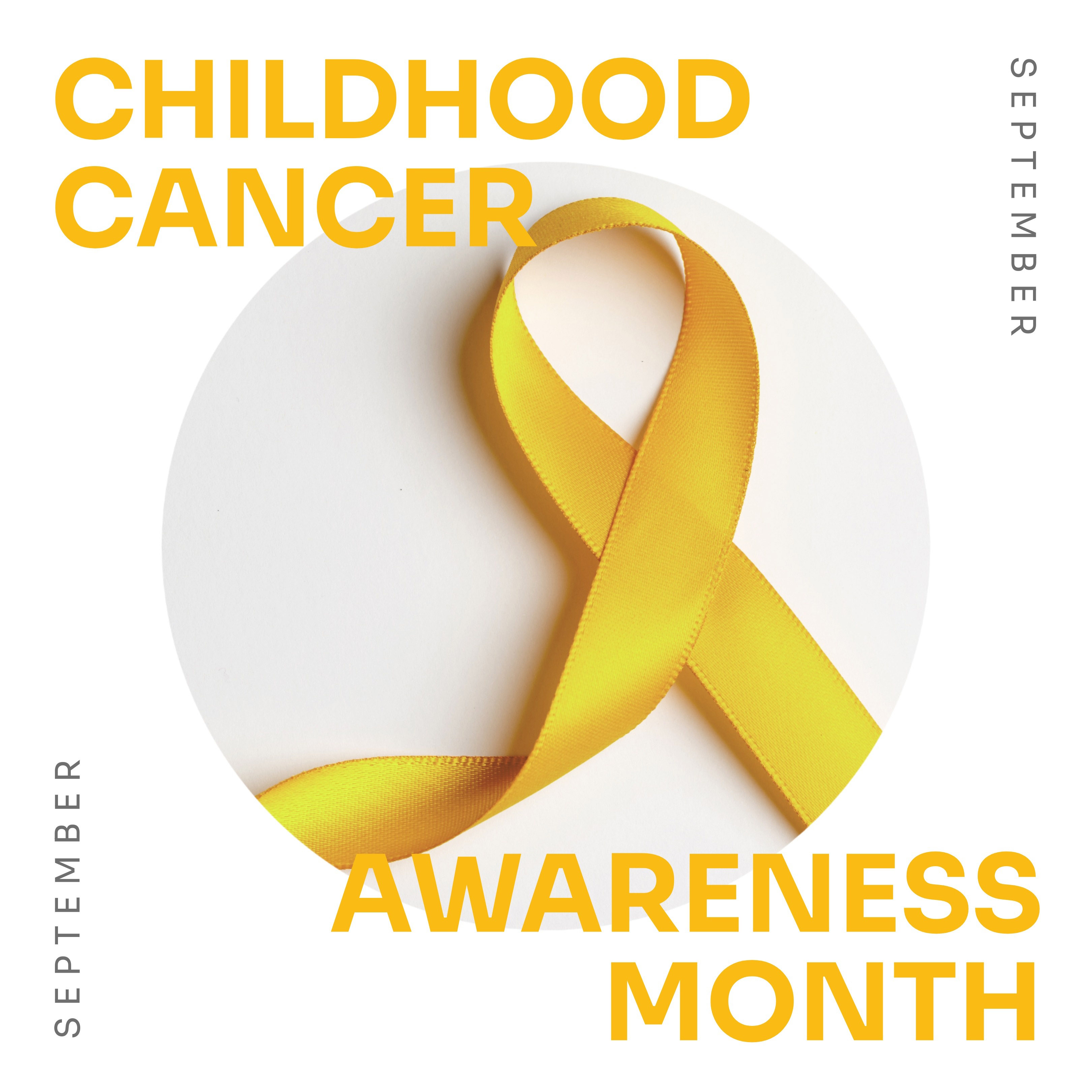
September was Childhood Cancer Awareness Month.
September is Childhood Cancer Awareness Month. Did you know that one in every 285 children in the U.S. will be diagnosed with cancer? Over a decade ago Dr. Keith Bly, at the suggestion of Janis Matthews, wrote the next three articles. May they rest in peace.
The word “cancer” certainly strikes a scary and emotional note in our hearts, and when attached to the word “childhood” it can be especially frightening. However, as with many things we fear, we can be empowered by understanding. This week we explain just exactly what “cancer” really is.
Every part of the body (the brain, liver, heart, bones, fingernails, muscles, and so on) is made up of hundreds of millions of microscopic cells that are specialized for that particular organ. These cells follow a very complex and highly organized instruction set from their DNA to multiply, grow, and eventually die and become replaced throughout our entire lifetimes. Occasionally, however, the instruction set becomes damaged as it is copied into newly formed cells. Usually our bodies can recognize cells with damaged DNA and repairs or destroys them. But sometimes when the instruction to “stop multiplying” is damaged, cells can multiply and grow out of control faster than our bodies can repair the damage. This is how cancer begins.
If the out of control cells come from a solid organ like the liver, brain, or a muscle, a cancerous tumor is formed. If the out of control cells originate from the blood, such as in leukemia, no tumor is usually formed, but the cancer cells are circulated throughout the body in the bloodstream. When cancer cells break off from a solid tumor and travel through the blood to other parts of the body and start new tumors, this is called metastasis. Cancer cells can be very aggressive and start to crowd out and steal energy and nutrients from normal cells so that healthy body parts can no longer function correctly.
In children, the DNA damage that starts the formation of a cancer is not typically caused by any identifiable cause or lifestyle habit such as smoking. Rather, it is more often a random mistake in the DNA instructions of cells that are rapidly multiplying during the normal growth process of children. This partly explains why some of the most common cancers in children are of the blood, brain, and bones.
Next week we’ll discuss the some of the different types and early warning signs of childhood cancers.